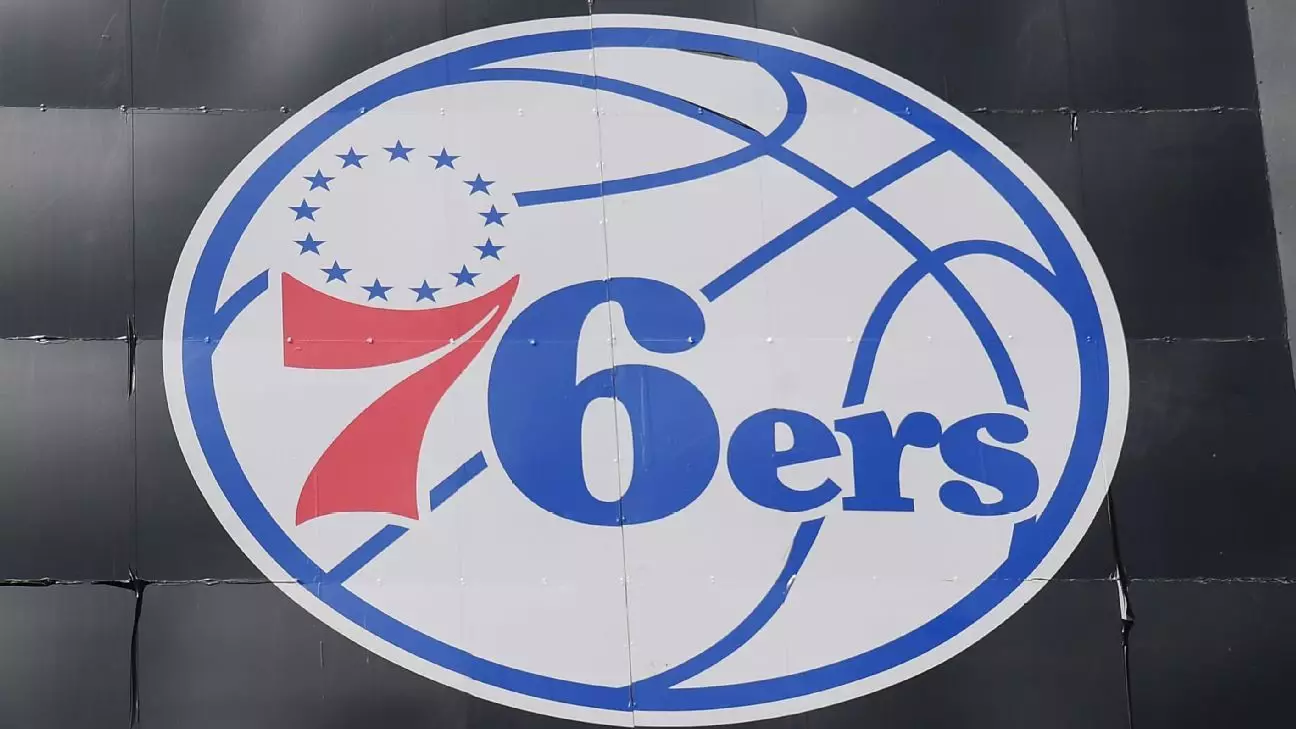In a striking turn of events, the Philadelphia 76ers have opted against moving forward with their ambitious plans for a $1.3 billion downtown arena, a step that came shortly after securing approval from the city council. This unexpected decision has sparked conversations about the dynamics between sports franchises and community stakeholders, particularly in a city already rooted in historical contention over land use and community displacement. Reports from the Philadelphia Inquirer confirm this pivot, shedding light on the intricate web of negotiations and promises that led to the original development plans, and ultimately, this surprising reversal.
As the team embraces a new partnership with Comcast Spectacor, the sports conglomerate that owns the Wells Fargo Center, where the 76ers currently play, the future remains uncertain. Details about the next directions are sparse, leaving both fans and local communities in a quandary. This halt not only highlights the current political climate but also reflects broader concerns about the role of sports franchises in urban development and their responsibilities toward local communities.
The reaction to this decision has been markedly polarized. Supporters of the downtown arena’s original proposal had initially seen it as a catalyst for economic revitalization and a boon to the Market East retail corridor. Proponents, including Mayor Cherelle Parker, had anticipated the arena would inject vitality into a district long plagued by economic stagnation. The arena’s projected 18,500 capacity was seen not only as a stage for basketball but as a site for concerts and events that could help repopulate the struggling area.
Conversely, dissenting voices among city council members and community activists welcomed the news as a victory, viewing the 76ers’ withdrawal as an acknowledgment of the concerns surrounding displacement and local governance. Voices like Councilmembers Jamie Gauthier and Rue Landau articulated sentiments shared by many, emphasizing the need for integrity while dealing with public assets and community interests. They argued that the team’s development strategy lacked transparency and foresight, calling it “half-baked” while alluding to deeper issues of trust in public-private partnerships.
The debate over the arena reflects ongoing tensions within Philadelphia—particularly in neighborhoods like Chinatown, where any new development is often met with heightened scrutiny due to the historical context of displacement. With a legacy of unsuccessful proposals that range from casinos to highways disrupting communities, the local populace is understandably wary of any prospective development. The newfound unity among opponents against the arena signifies a pivotal moment in which grassroots activism has challenged the traditional power dynamics between sports franchises and local governments.
Local activists voiced persistent concerns, highlighting fears over increased traffic congestion on game days and the potential gentrification that new developments often usher in. With rising housing costs already stressing working-class families in the region, community members remained resolute that the NBA team’s move would inevitably contribute to further marginalization of long-established neighborhoods.
The landscape ahead for the Philadelphia 76ers remains uncertain as they discuss a potential continued relationship with the Wells Fargo Center. While remaining in the stadium district may appease some community concerns, the arena’s impact on the city at large must be a central consideration. With no immediate construction promises, questions loom about what this deal entails for the future of Philadelphia’s sports and recreation landscape.
Furthermore, the repercussions of this decision extend beyond just basketball. It challenges cities to rethink the fabric of urban development in a world increasingly sensitive to the voices of marginalized communities. As municipalities navigate their relationships with major sports franchises, the case of the 76ers underscores a critical point: urban development must involve a deliberate and equitable dialogue with all stakeholders to create solutions that benefit everyone, not just a privileged few.
The withdrawal of the 76ers’ downtown arena proposal opens a window not only to reflect on past decisions but also to reconsider future endeavors within the ever-evolving context of community, sports, and urban development. How effectively these lessons will be integrated into the fabric of Philadelphia’s growth remains to be seen, but one thing is certain: the echoes of this decision will reverberate throughout the local community for years to come.

